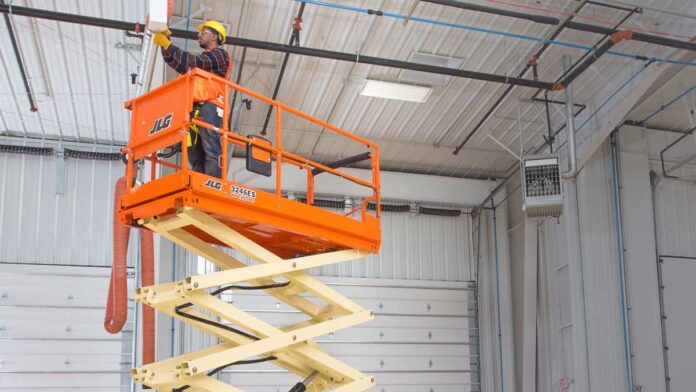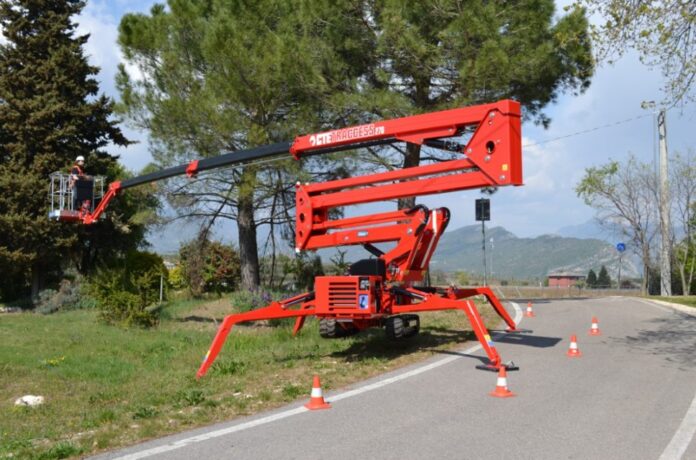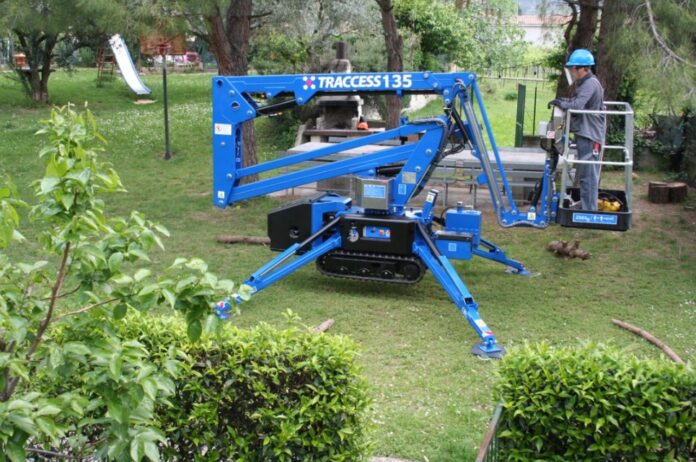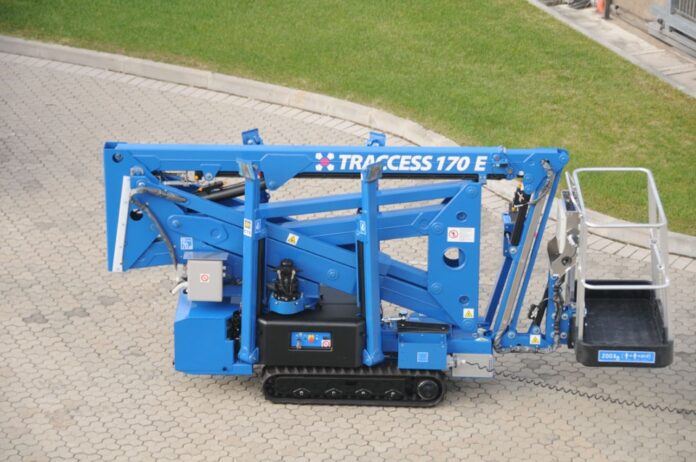Access platforms are indispensable tools in a variety of industries, providing safe and efficient means to work at height. From construction and maintenance to film production and tree surgery, these platforms are designed to meet specific needs and ensure the safety of workers.
With several types available, it’s crucial to understand their unique features and applications to select the right platform for the job.
In this comprehensive guide, we will explore the main types of access platforms and discuss the best scenarios for their use.
For those looking to explore a wide range of access platforms and find the perfect fit for their projects, this access platform company offers a diverse selection that can cater to any need.
Scissor Lifts
Scissor lifts are among the most commonly used access platforms, known for their versatility and ease of use. They feature a crisscrossing metal support that extends upward, allowing the platform to rise vertically. This design provides excellent stability and can support substantial weight, making scissor lifts ideal for tasks that require access to heights up to 60 feet.
Scissor lifts are particularly useful in construction, maintenance, and warehousing. Their ability to lift heavy loads and provide a spacious working area makes them perfect for jobs like installing electrical fixtures, painting, and general repairs. Additionally, they are often used in indoor environments due to their compact design and electric models that produce no emissions, making them suitable for tight spaces and areas with ventilation concerns.

Boom Lifts
Boom lifts, also known as cherry pickers or aerial lifts, offer greater flexibility compared to scissor lifts. They consist of a hydraulic arm that can extend both vertically and horizontally, providing access to hard-to-reach areas. Boom lifts are available in two main types: articulated (knuckle) booms and telescopic (straight) booms.
Articulated boom lifts have multiple sections connected by joints, allowing the arm to bend and navigate around obstacles. This makes them ideal for tasks in cluttered or complex environments, such as tree trimming, window cleaning on high-rise buildings, and electrical line repairs. Telescopic boom lifts, on the other hand, have straight arms that extend directly outward, providing superior height and outreach. They are commonly used in construction and industrial settings where access to tall structures and wide work areas is required.
Spider Lifts
Spider lifts, named for their spider-like legs that provide stability, are designed for versatility and maneuverability in challenging terrains. These lifts can be used both indoors and outdoors, thanks to their lightweight design and non-marking tracks. Their ability to navigate uneven surfaces and tight spaces makes them ideal for a wide range of applications.
Spider lifts are perfect for tasks such as tree surgery, building maintenance, and even in historic building preservation where access is difficult, and traditional equipment might cause damage. Their compact size and ability to fit through standard doorways allow them to be used in locations with restricted access. Moreover, their legs can be adjusted to stabilize on slopes and rough ground, ensuring safe operation in diverse environments.

Mast Lifts
Mast lifts, also known as vertical lifts, are compact and lightweight, designed for vertical access in confined spaces. These lifts are characterized by a single mast that extends upward, providing a stable platform for the worker. Due to their small footprint, mast lifts are ideal for indoor use, particularly in maintenance tasks within buildings such as offices, shopping malls, and hotels.
Mast lifts are commonly used for tasks like changing light bulbs, accessing ceiling fixtures, and performing routine maintenance in areas where larger equipment would be impractical. Their electric operation ensures quiet and emission-free performance, making them suitable for environments where noise and air quality are concerns.
Truck-Mounted Platforms
Truck-mounted platforms combine the mobility of a vehicle with the functionality of an access platform, providing a versatile solution for tasks that require frequent relocation. These platforms are mounted on trucks, allowing them to be driven to different sites quickly and easily. The platform itself can be extended and maneuvered to reach high and remote areas.
Truck-mounted platforms are commonly used in utility and telecommunications industries for tasks like fixing power lines, installing street lights, and performing maintenance on tall structures. They are also popular in the film industry for setting up lighting and camera equipment at various locations. The mobility and reach of these platforms make them invaluable for jobs that demand both height and accessibility across multiple sites.

Personnel Lifts
Personnel lifts are designed for individual use, offering a safe and efficient way to perform tasks at lower heights. These lifts are lightweight, portable, and easy to operate, making them ideal for single-person jobs that require quick access to elevated areas. They typically have a smaller platform and are operated manually or with a simple electric system.
Choosing the Right Access Platform
Selecting the appropriate access platform depends on several factors, including the height and reach required, the nature of the task, the working environment, and the load capacity. Understanding the specific needs of the project will help determine the best type of platform to ensure safety, efficiency, and productivity.
For projects that require vertical reach in compact spaces, scissor lifts and mast lifts are excellent choices. For tasks that need flexibility and access to hard-to-reach areas, boom lifts, particularly articulated models, provide the necessary maneuverability.
In environments with uneven terrain or restricted access, spider lifts offer the versatility needed to navigate and stabilize on challenging surfaces. Truck-mounted platforms are ideal for jobs that require mobility and access to multiple sites, while personnel lifts are perfect for individual tasks at lower heights.

Safety Considerations
Regardless of the type of access platform chosen, safety should always be the top priority. Proper training and certification for operators are essential to ensure the safe use of these machines. Regular maintenance and inspections should be conducted to keep the equipment in optimal condition and prevent accidents.
It is also important to adhere to weight limits and follow manufacturer guidelines for operation. Using personal protective equipment (PPE) such as harnesses and helmets, and implementing safety protocols can further minimize risks and ensure a safe working environment.
Conclusion
Access platforms are vital tools that enhance productivity and safety in a wide range of industries. Understanding the different types of platforms and their specific applications can help in selecting the right equipment for the job.
Whether it’s the versatility of boom lifts, the stability of scissor lifts, or the maneuverability of spider lifts, each platform offers unique advantages that cater to various needs.




